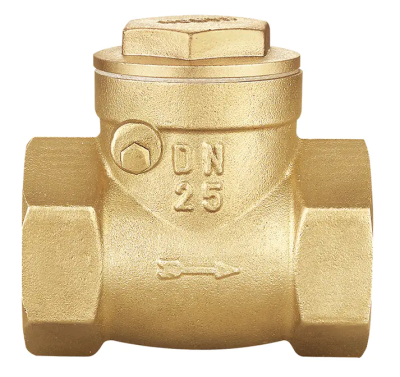Categories
Tags
-
#Agricultural High Pressure Spray Nozzle
#Industrial Needs
#Crystal Glass Pendant
#Blush Manufacturer
#Air Purifier Fan
#leather sewing machine spare parts
#Jojo Magnet Paper
#cemented carbide tips
#Deep Fryer 3L
#Multifunction socket
#Spring Check Valve
#Frying Pan Factory
#Non-Stick Frying Pan Supplier
#Axial Flow Fan Manufacturer
#External Rotor Axial Fan
#Plumbing Pipe Crimping Tool
#Hydraulic Crimping Tool
#Halloween Makeup Kit
#Party Body Glitter
Archives
Reliable Flow Control with a Spring Check Valve
-
A Spring Check Valve is a mechanical device used to control the direction of fluid flow in a piping system. Its main purpose is to prevent backflow, ensuring that liquids or gases move in only one direction. This type of valve operates automatically, using the force of a spring and the pressure of the fluid itself, which makes it a vital component in plumbing, heating, and industrial applications.
The design of a Spring Check Valve typically includes a valve body, a spring-loaded disc or poppet, and a sealing seat. When fluid pressure pushes in the forward direction, it compresses the spring, allowing the valve to open and permit flow. Once the pressure decreases or flow reverses, the spring forces the disc back onto the seat, sealing the passage and preventing backflow. This simple yet effective mechanism allows the valve to work without external control or energy input.
Manufacturers often produce spring check valves using durable materials such as brass, stainless steel, or bronze. These materials provide strong resistance to corrosion and wear, making the valve suitable for long-term use in both domestic and industrial systems. The compact design and straightforward installation process make it easy to integrate into existing pipe networks.
A Spring Check Valve can be found in a variety of applications, including water supply systems, heating pipelines, air compressors, and hydraulic equipment. Its reliable sealing ability prevents fluid contamination and system damage caused by reverse flow. In domestic systems, it helps maintain water pressure and protects pumps from back pressure. In industrial environments, it safeguards pipelines, valves, and other sensitive components.
Modern spring check valves are also engineered for improved flow performance and minimal pressure loss. Some models include precision-machined internal parts that allow smoother fluid transition and reduce vibration during operation. Additionally, valves can be configured for vertical or horizontal installation depending on the flow direction and system requirements.
Maintenance of a Spring Check Valve is generally simple due to its few moving parts and compact structure. Periodic inspection ensures that the spring and sealing surfaces remain in good condition, allowing for continuous and reliable operation. When properly installed and maintained, this valve contributes significantly to the safety and stability of a fluid system.
In conclusion, the Spring Check Valve represents a practical solution for controlling fluid direction and preventing reverse flow. With robust construction, consistent performance, and versatile application, it remains an essential component in plumbing and industrial systems.
